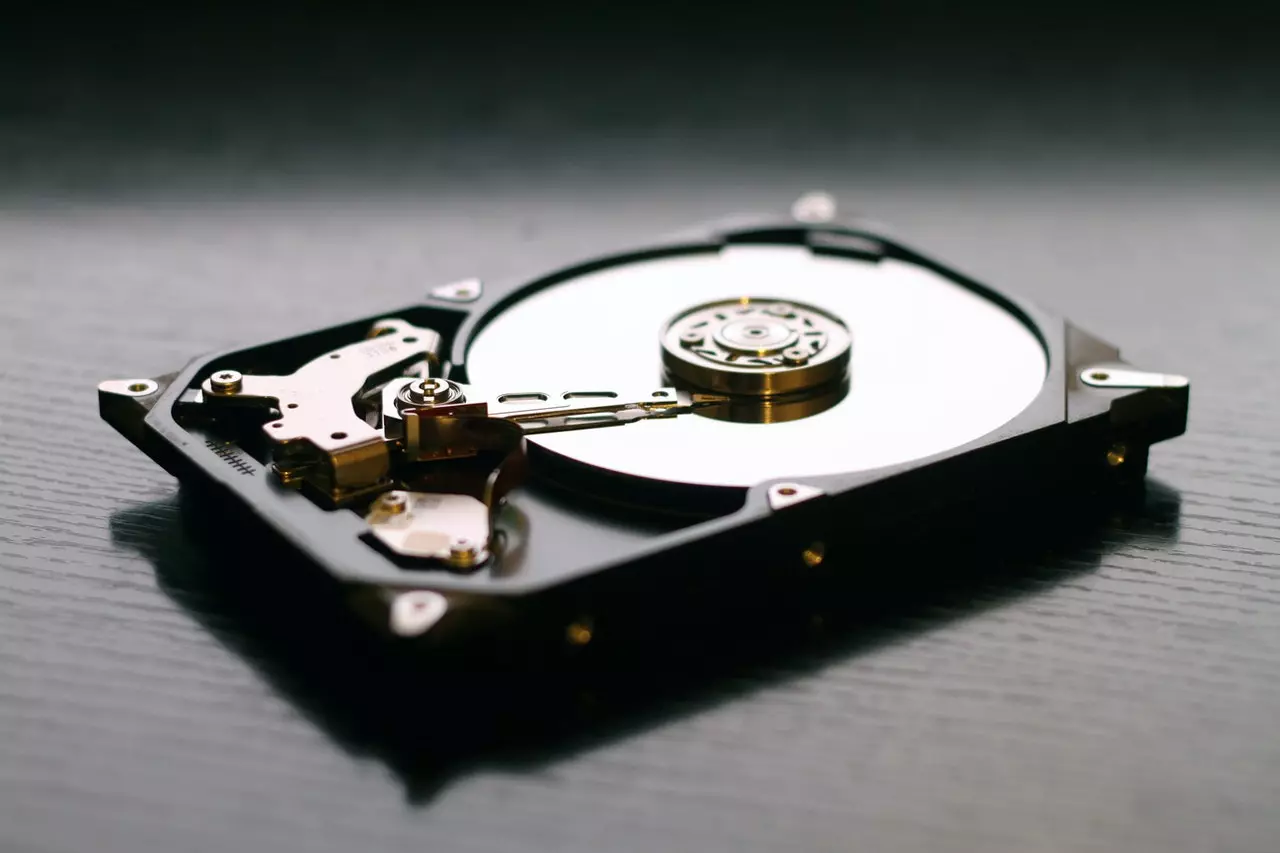Understanding google data storage options in GCP

As a developer, the most confusing part of GCP are the storage options. In this blog post, I explain the data storage options with some classification that makes sense for developers.
Why do you think data storage has so many options?
"Every company is a data company," says Google. It means the way a company handles data will give it a differentiating factor from its competition. Data on the web is of many types.
-
Let's say you run a podcast website for your business. The data is audio files stored on the cloud-optimized for many reads and fewer updates.
-
Let's say your business depends on streaming unstructured data for analytics purposes then you would need a data warehouse after which you can perform the query.
-
We cannot ignore the commonly known SQL & NOSQL data which power many websites.
To conclude there is no one-stop fit for customer data needs. We need many products for different business domains.
Can you classify the suite of google storage products
Storing data objects/blobs - Google cloud storage
SQL Types - cloud SQL, cloud spanner
NoSQL Types - Cloud Data store, Cloud big table
Dataware house - Big query
Realtime DB - firebase
Frequency of use - Hotline, coldline
Are there any concepts that you did not understand wrt databases
As a developer, I did not work with production-level database coding. I did not understand horizontal scaling, sharding, ACID updates, atomic, etc.
Can you give a use case for each product in GCP storage
Big query - analytics
Cloud data store - document DB like MongoDB, can store like terabytes of data
Big table - document DB but you can store petabytes of data
Google cloud storage - website photos/videos
Cloud data store - relational DB, fits transactional data
Cloud spanner - relational DB, fully managed service built for scale
What are the different transaction workflows wrt DB
OLTP - Online Transaction Processing (OLTP) is focused on transaction-oriented tasks which typically involve inserting, deleting, or updating a few tables. In short, the data in the database is altered or added frequently.
OLAP - Online Analytics Processing (OLAP) is focused on processing the existing data. It's more reads than writes in the DB.